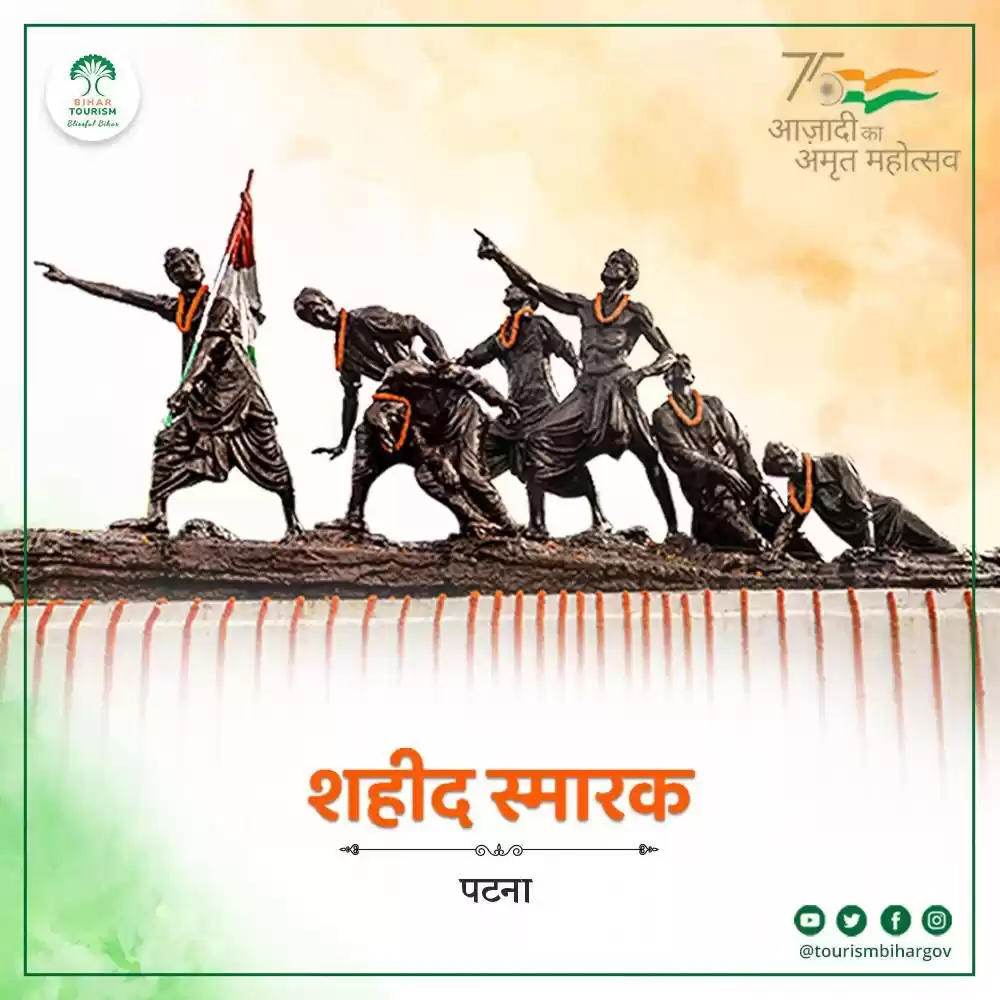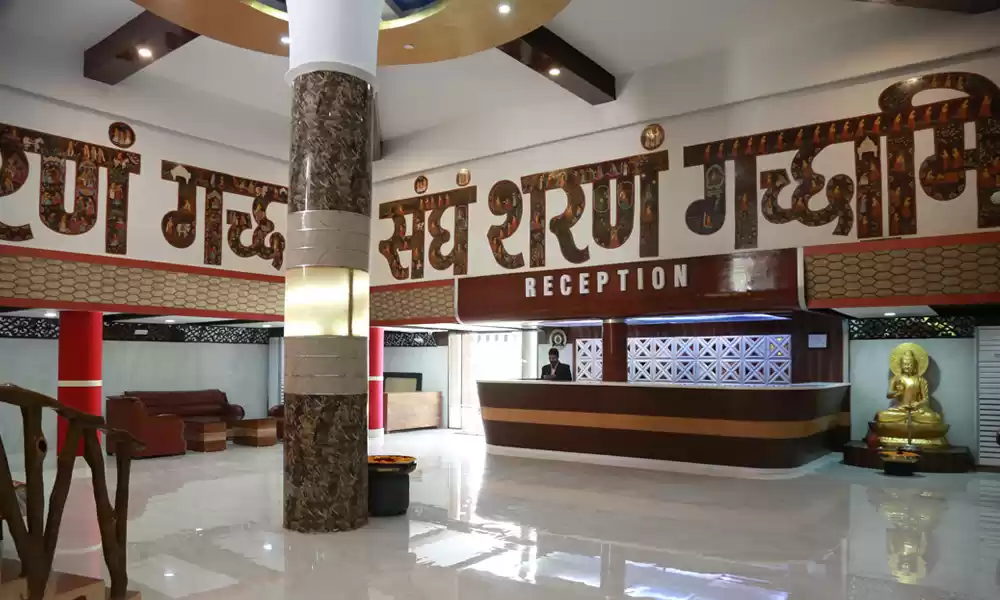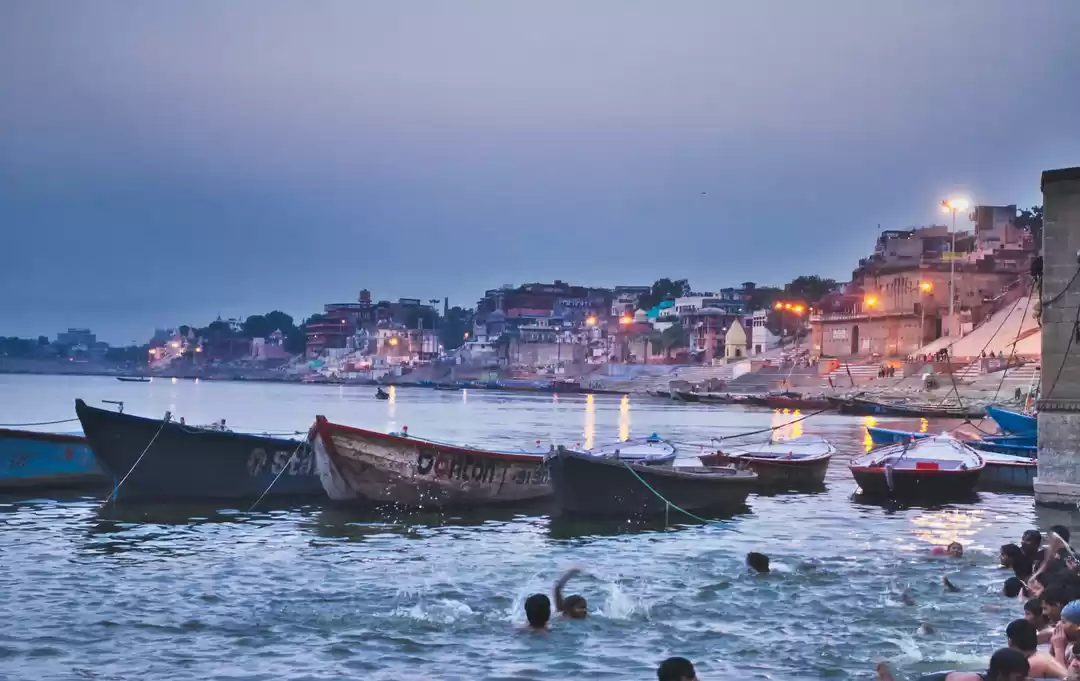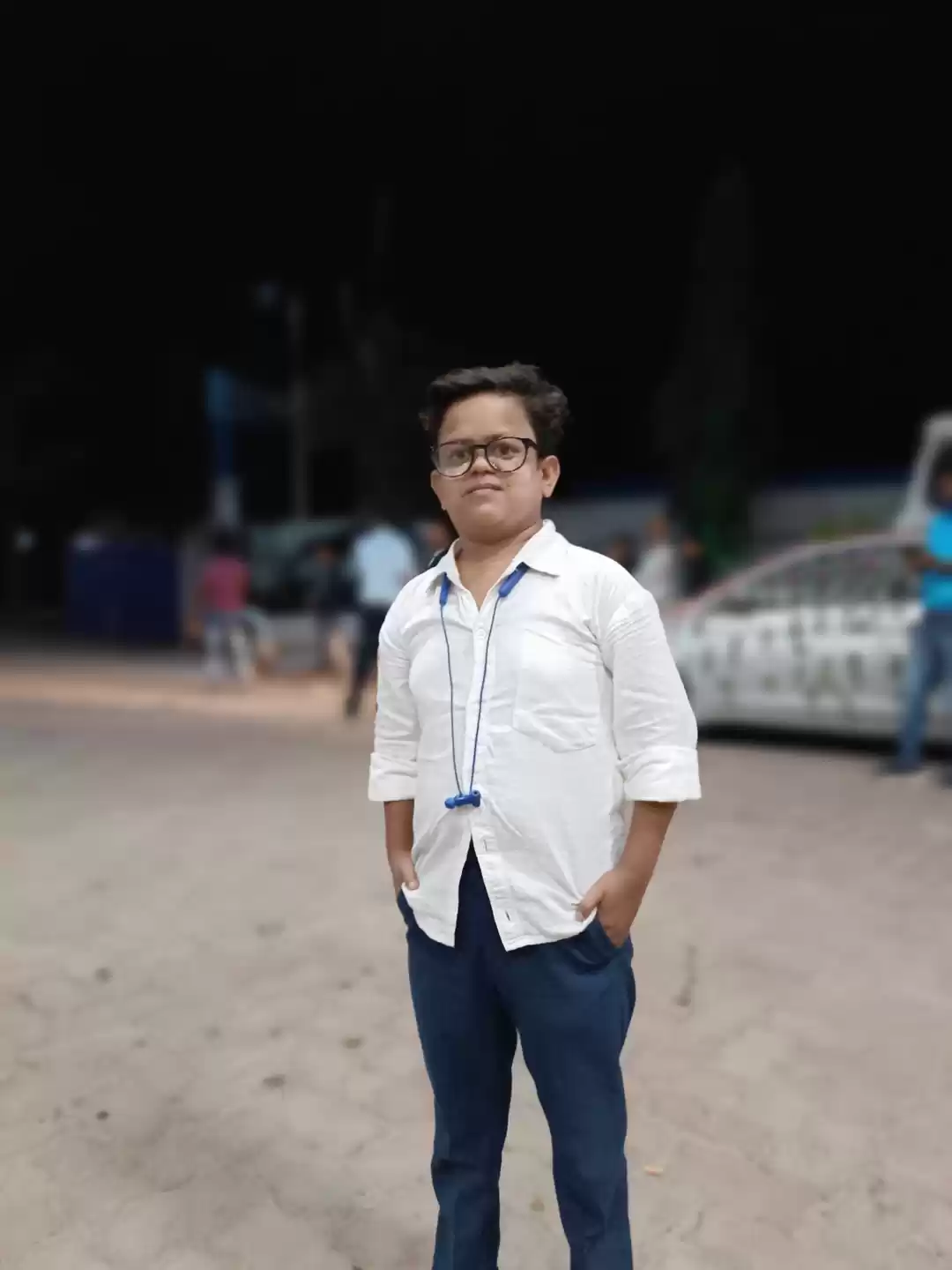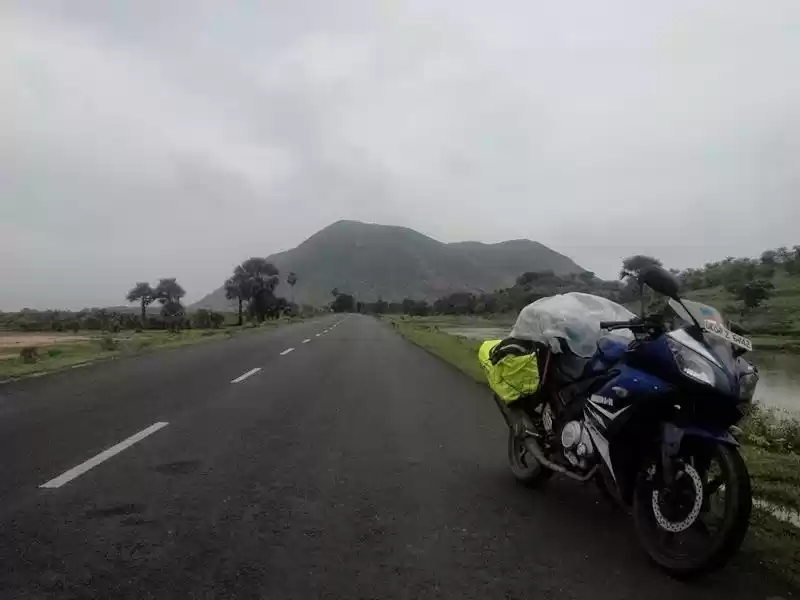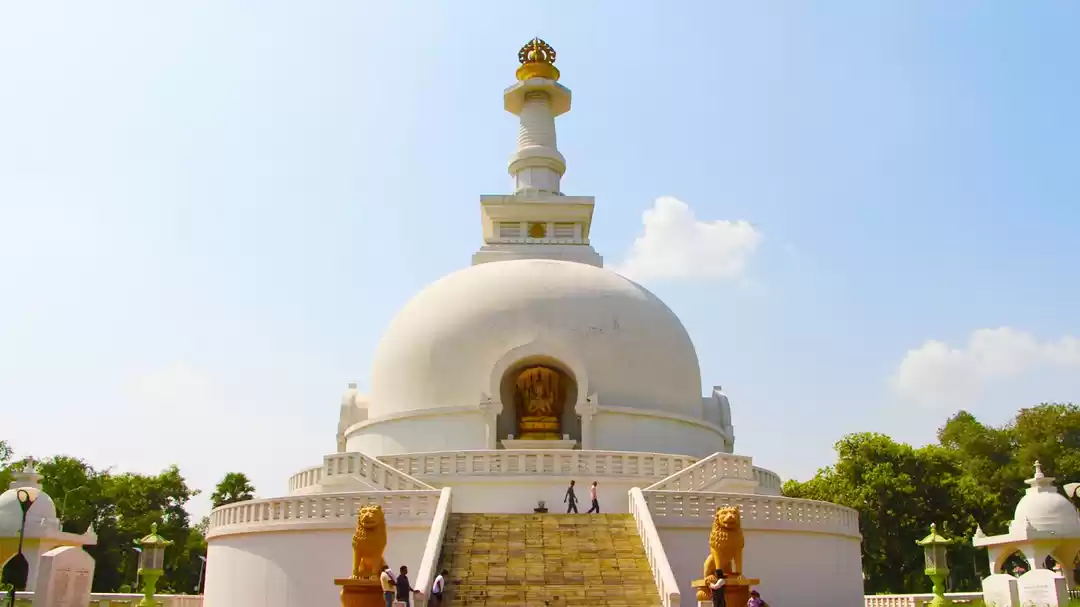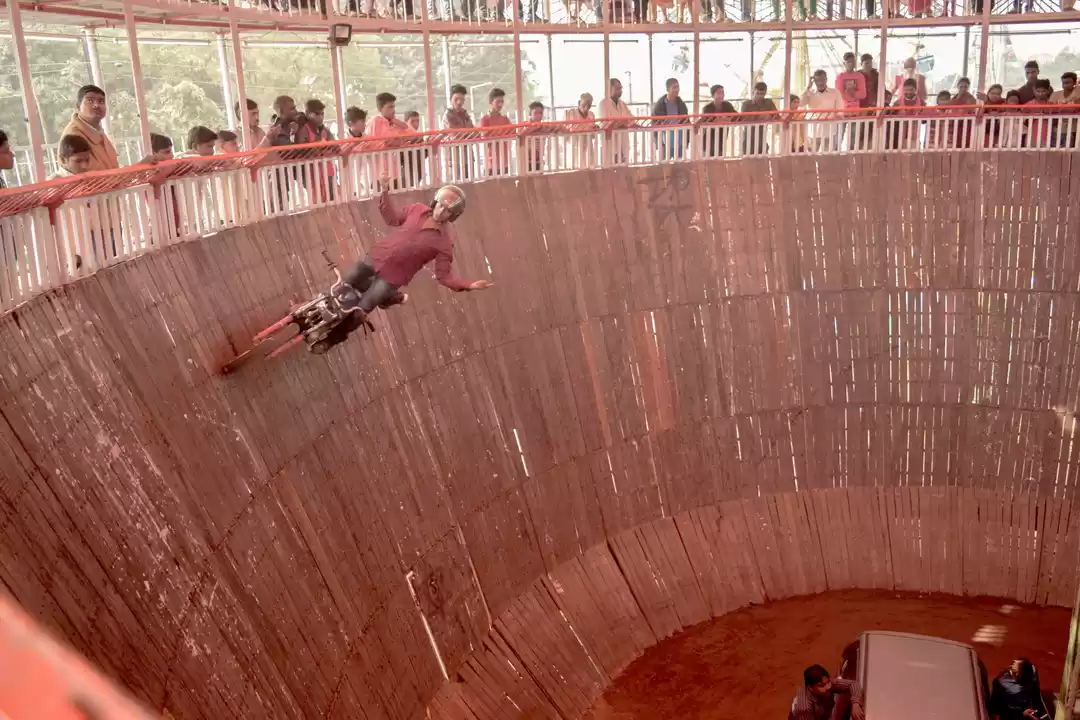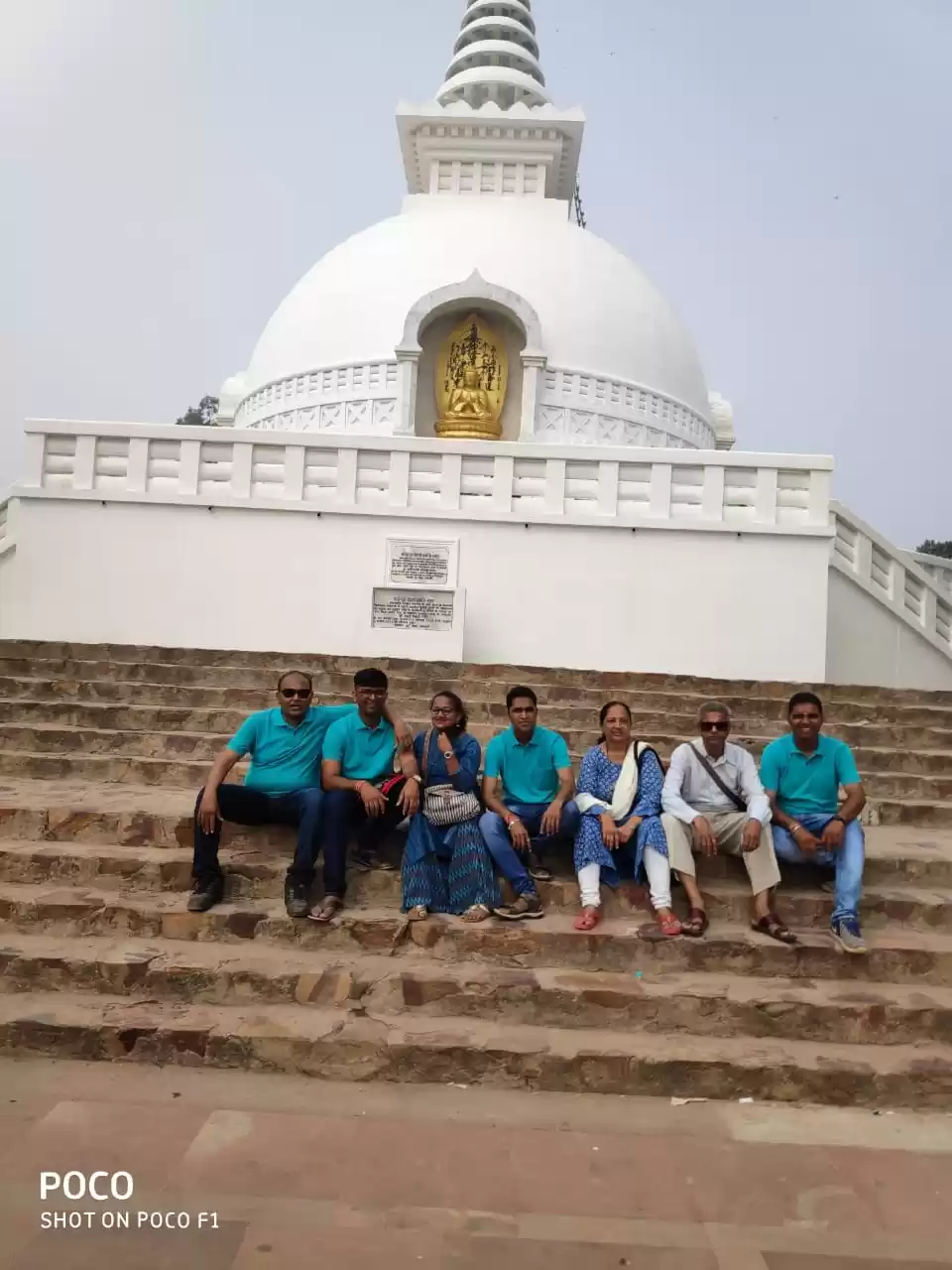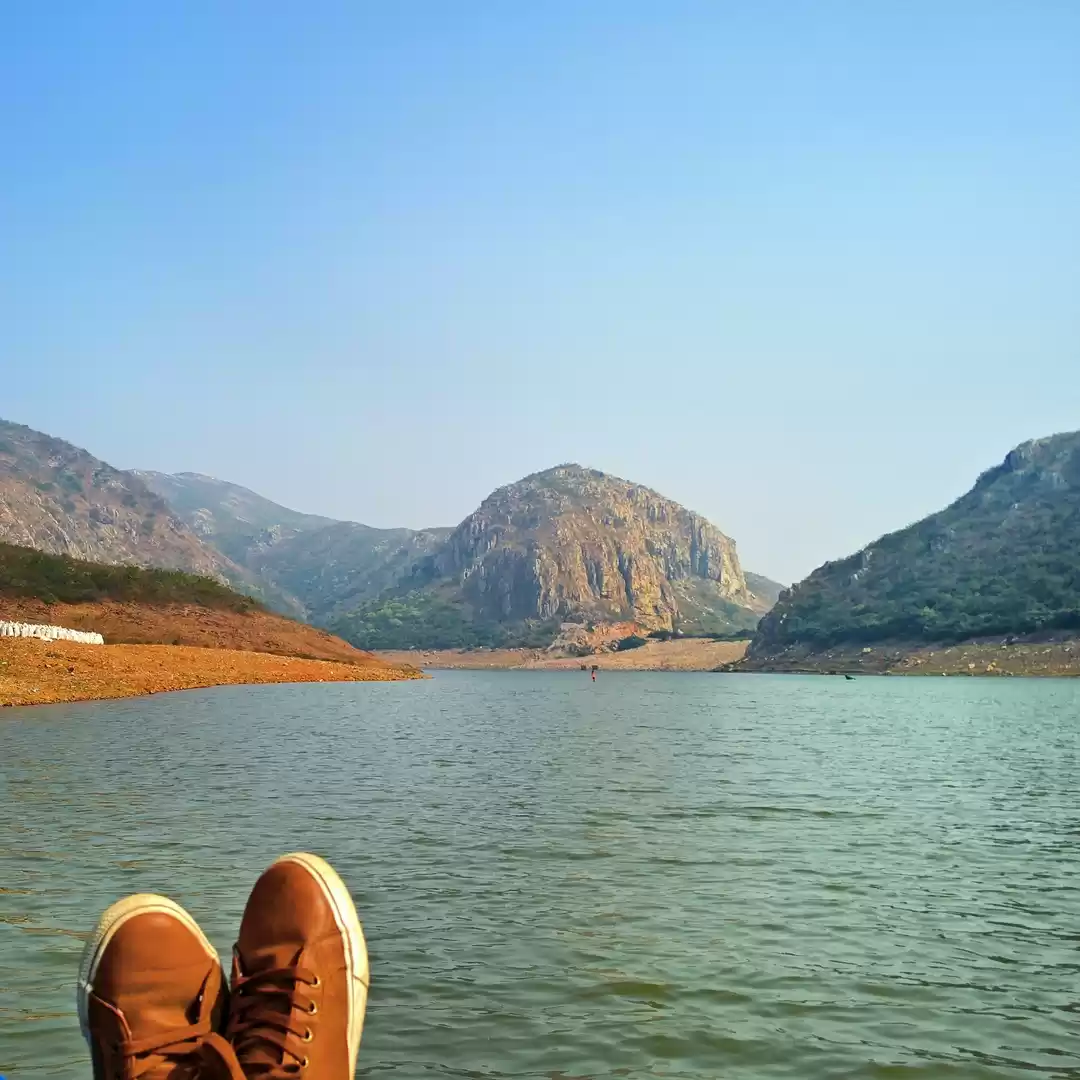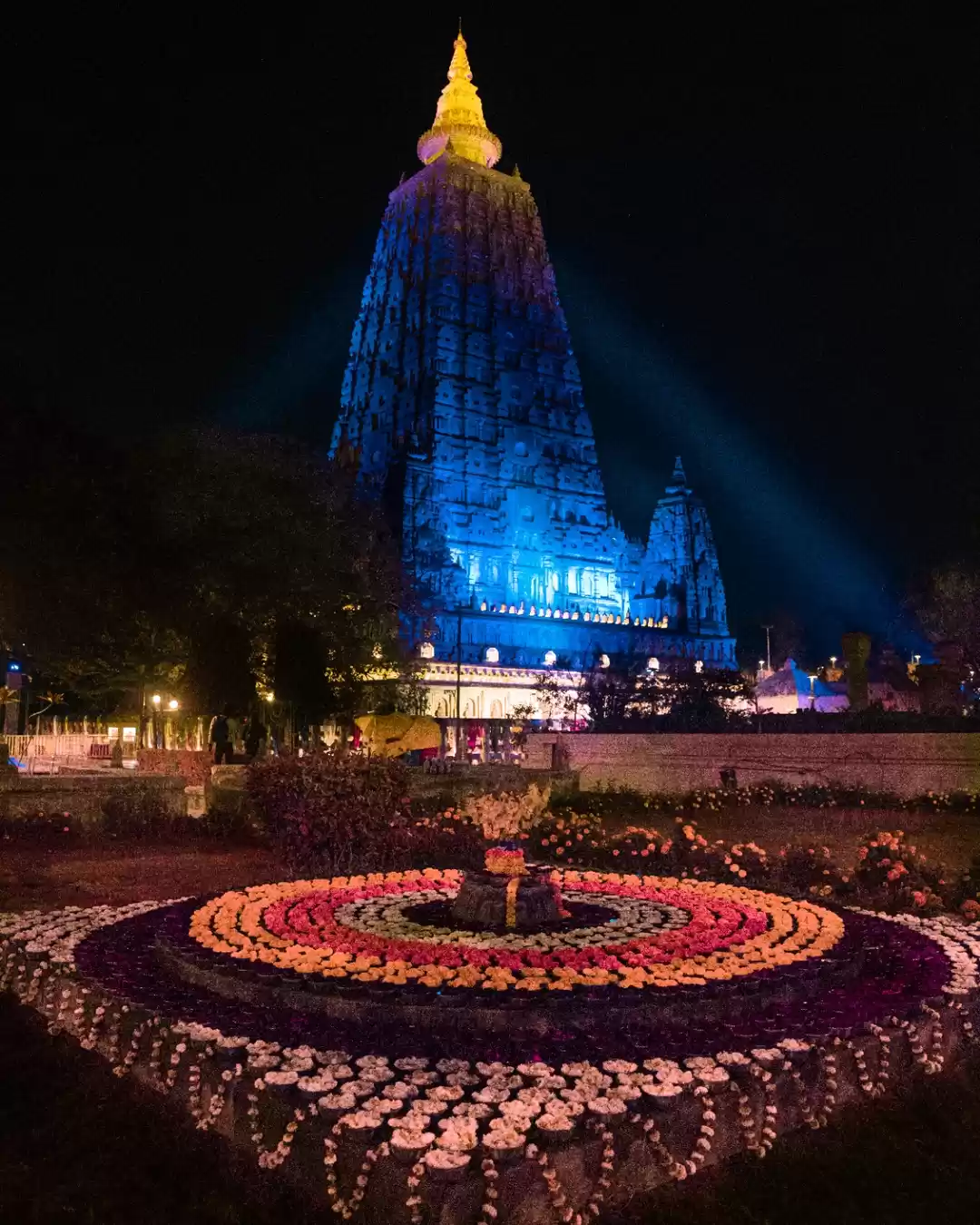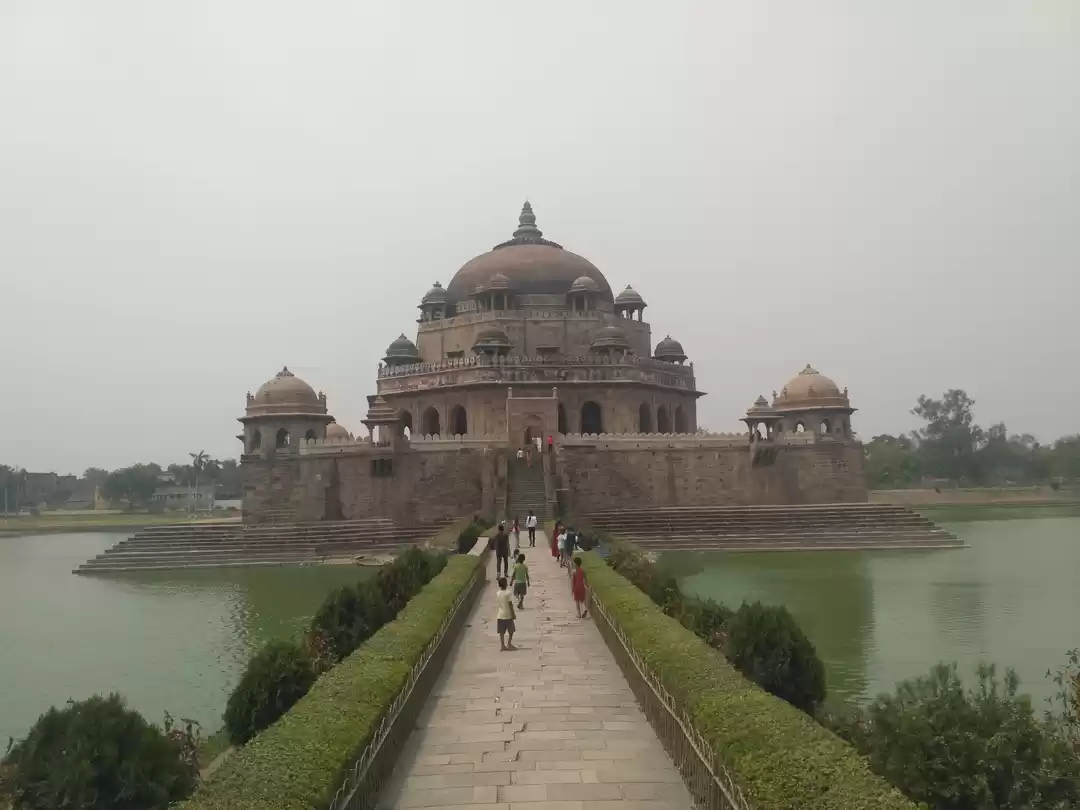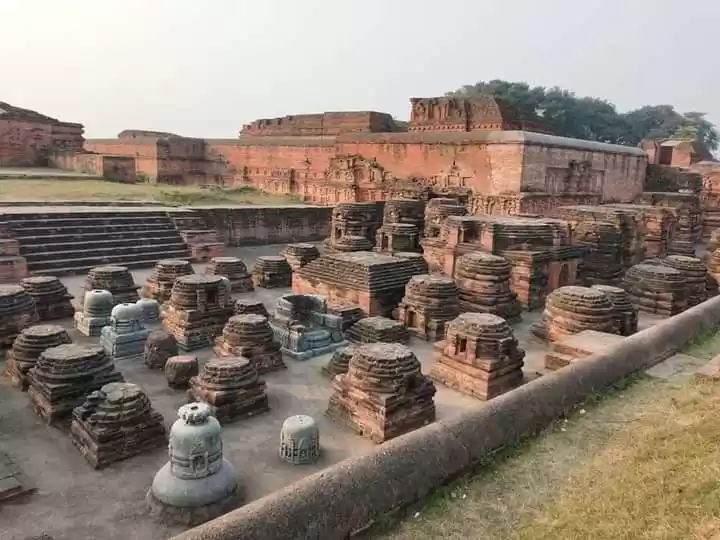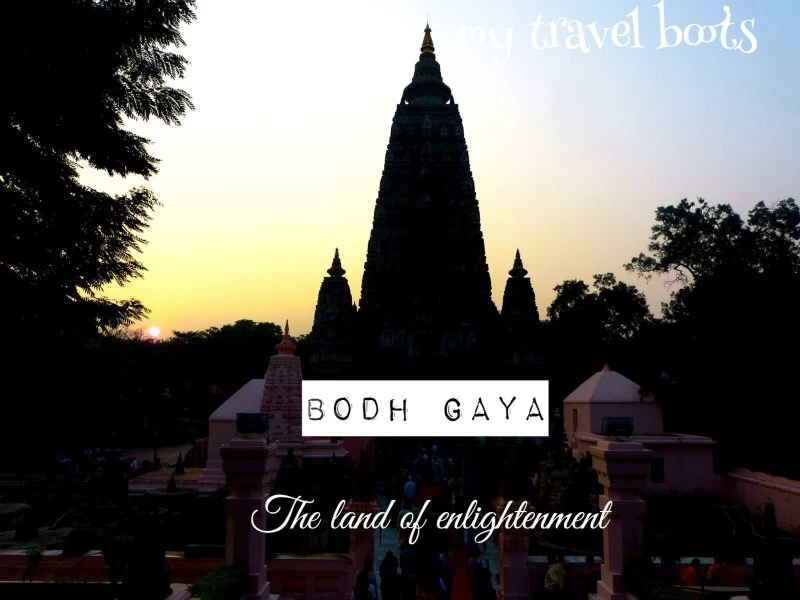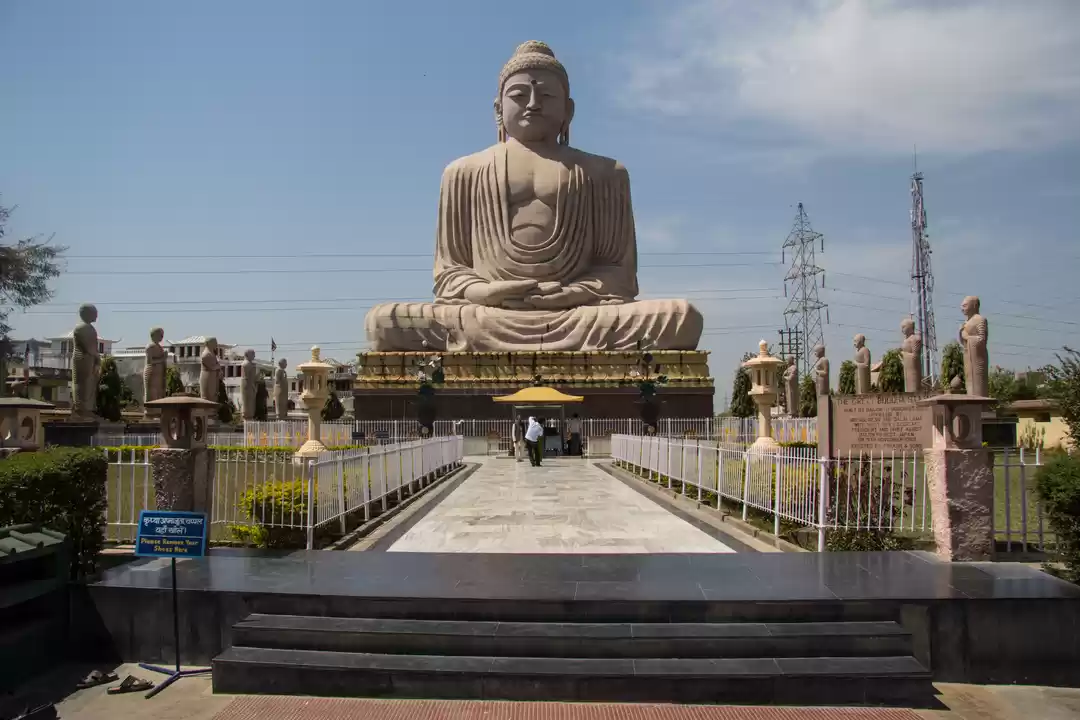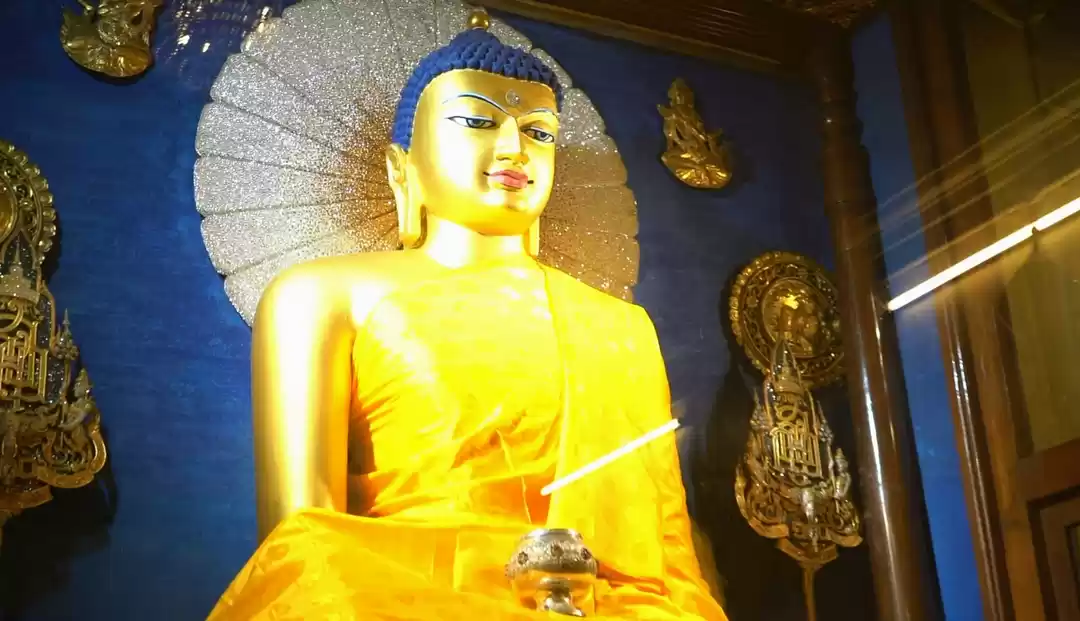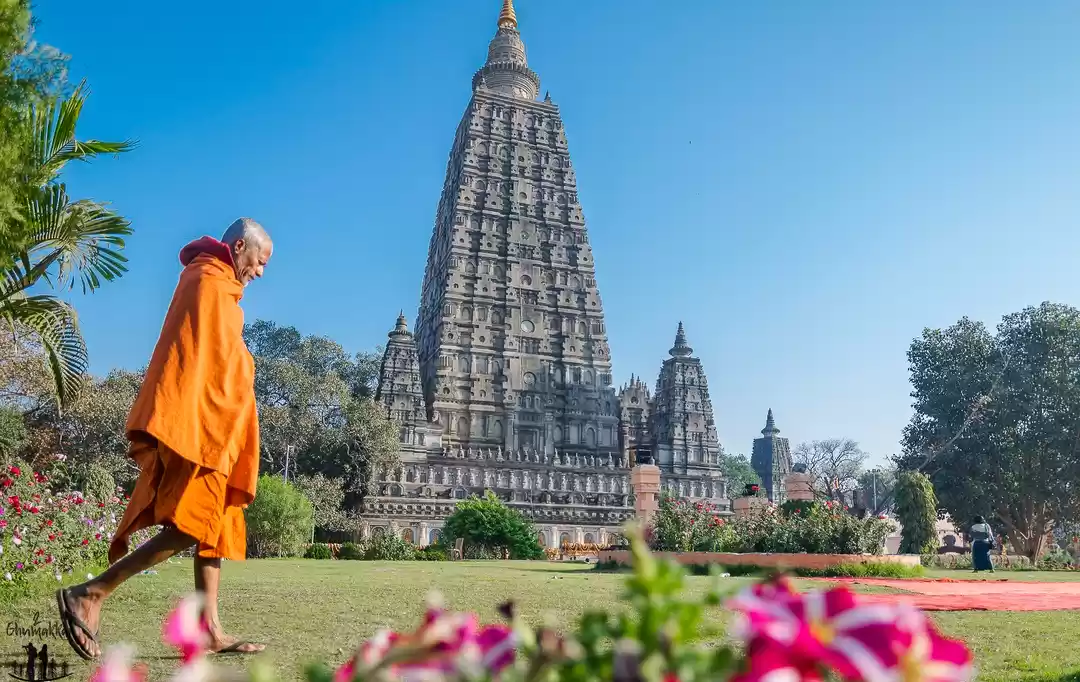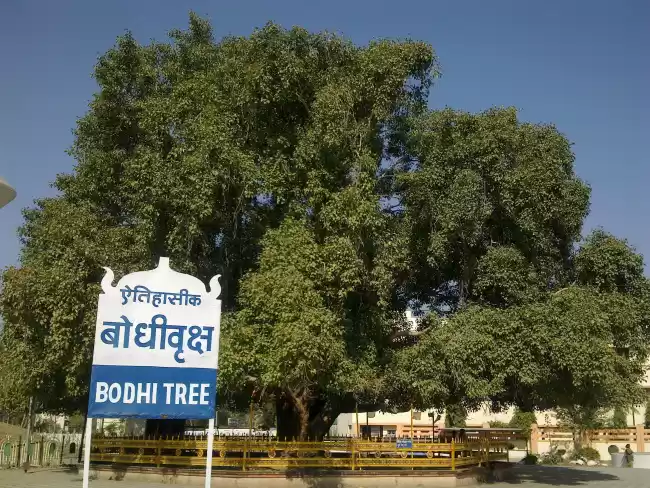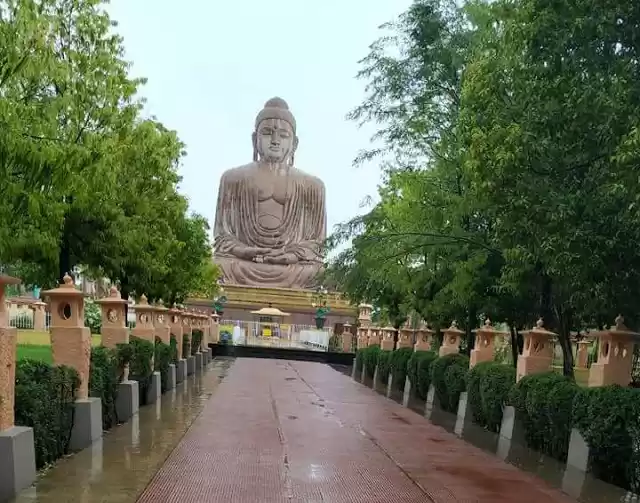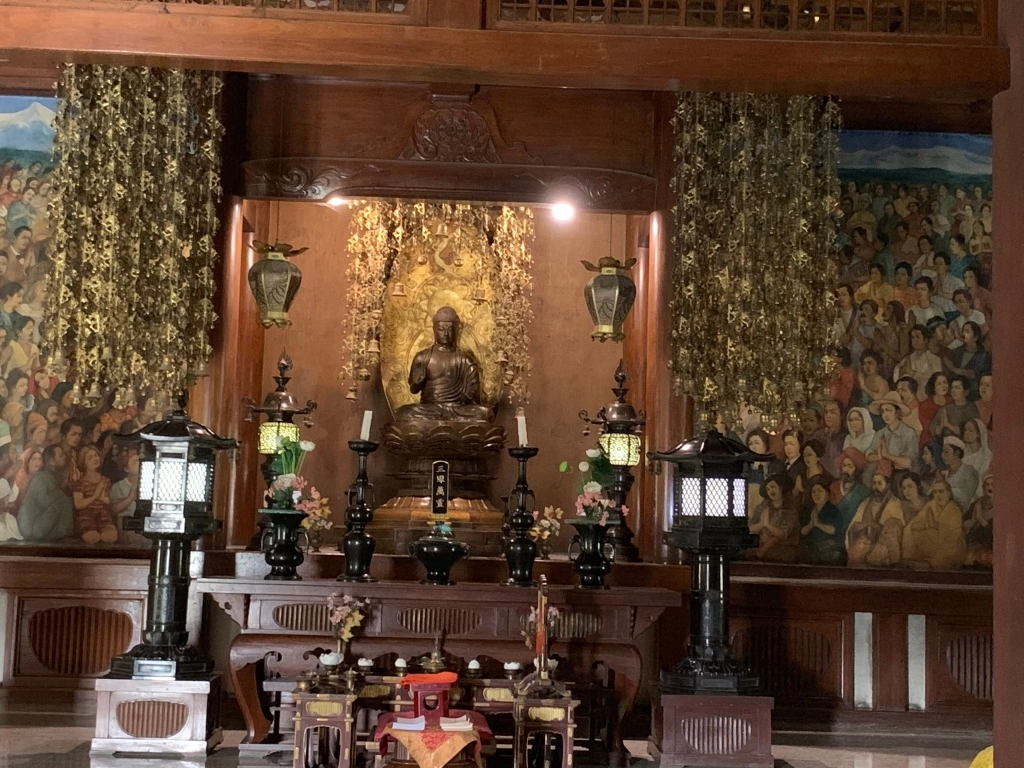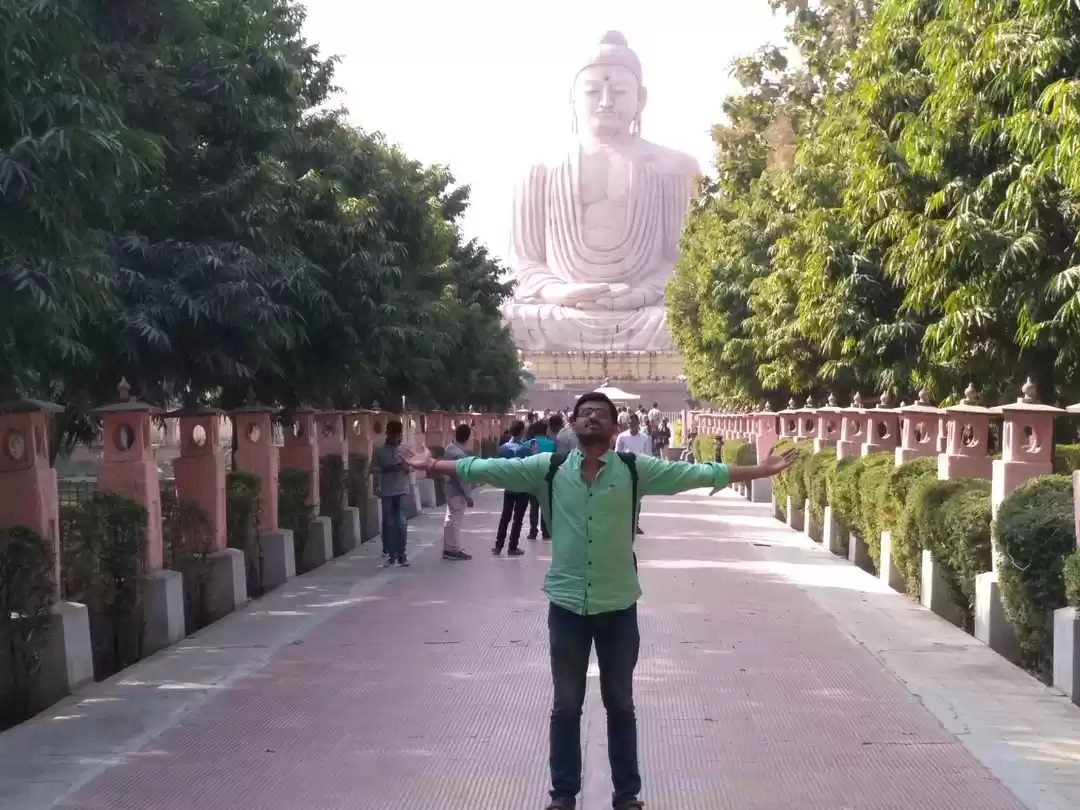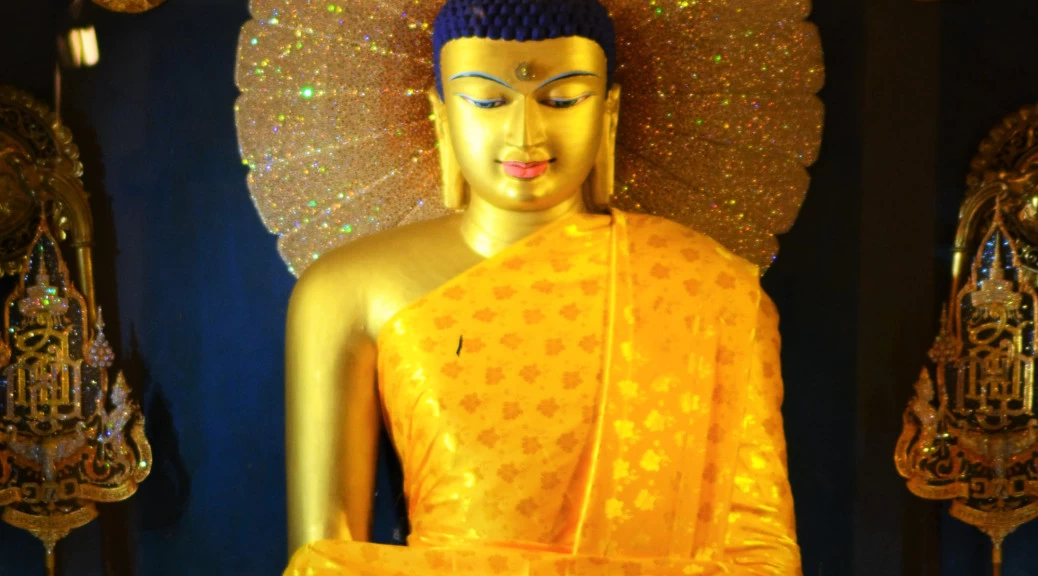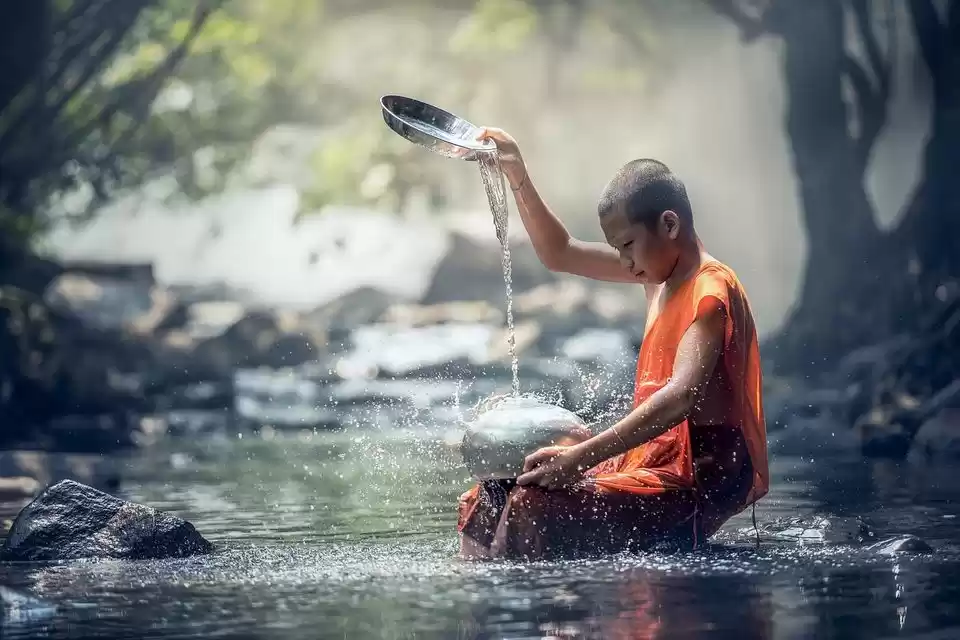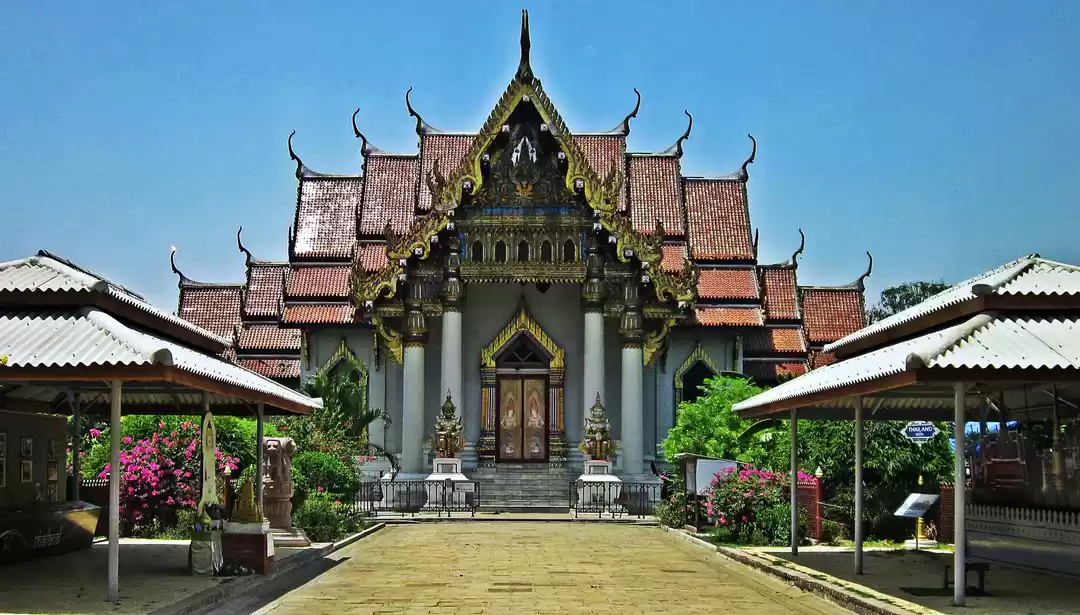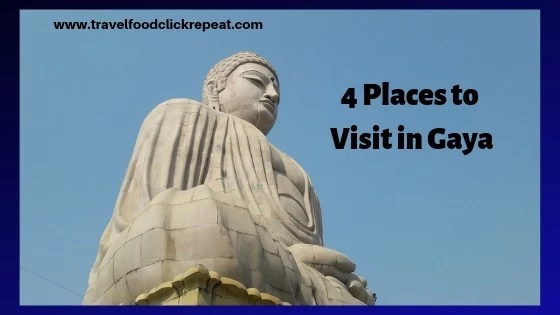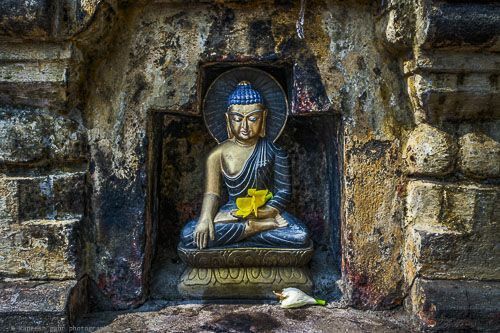
The crucible of Buddhism, Bodhgaya was where Prince Siddhartha attained enlightenment beneath a bodhi tree 2600 years ago and became Buddha (the ‘Awakened One’). In terms of blessedness, this tiny temple town is to Buddhists what Mecca is to Muslims. Bodh Gaya lies 13 km. south of Gaya beside the river Phalgu. At the centre of Bodh Gaya stands the elegant Mahabodhi Temple, rising to the lofty height of 55 metres. Inside the temple, a single chamber holds a large gilded image of the Buddha. At the rear of the temple to the west lies the large Bodhi tree beneath which Buddha gained nirvana.
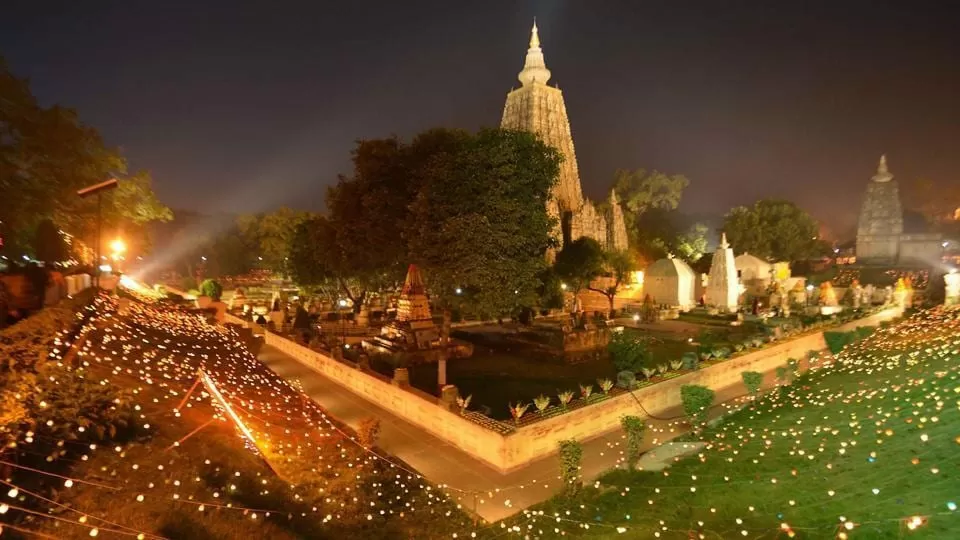
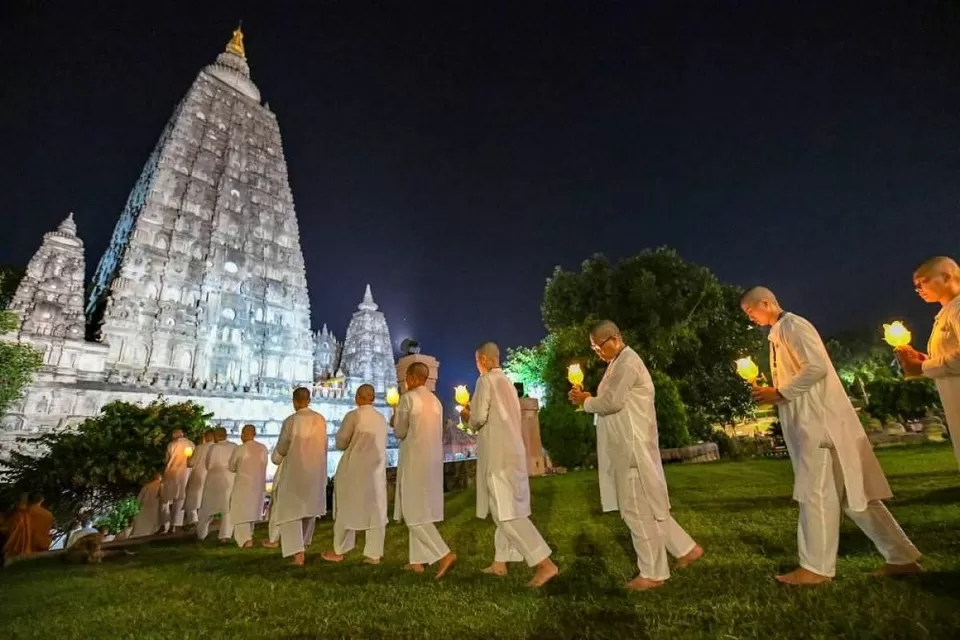
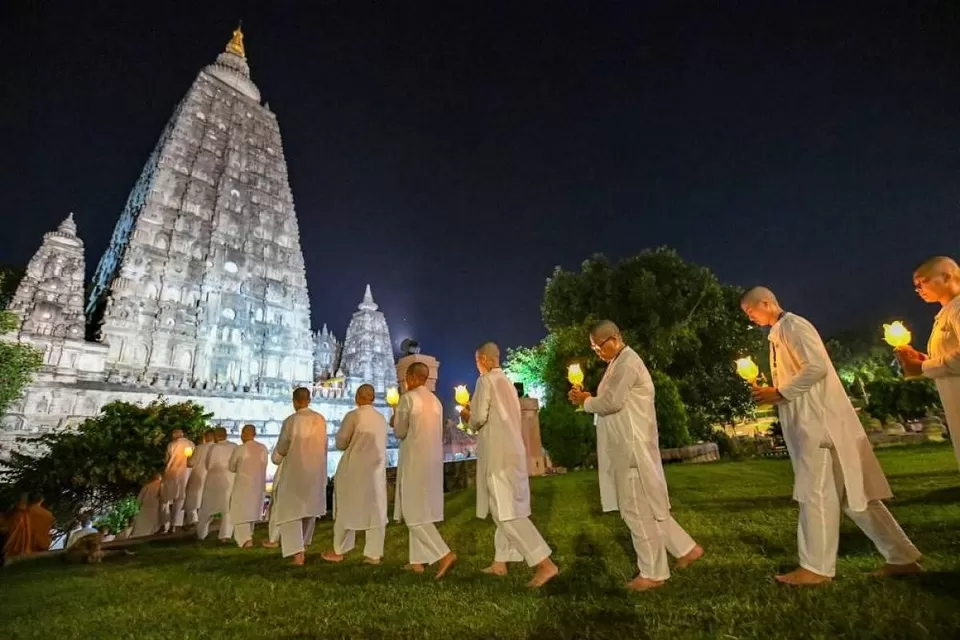
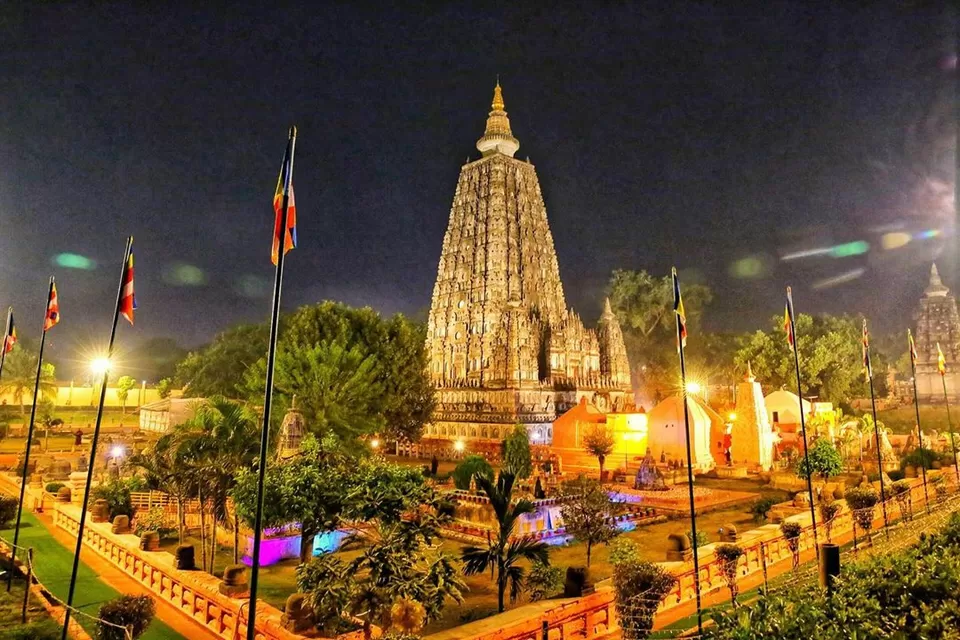
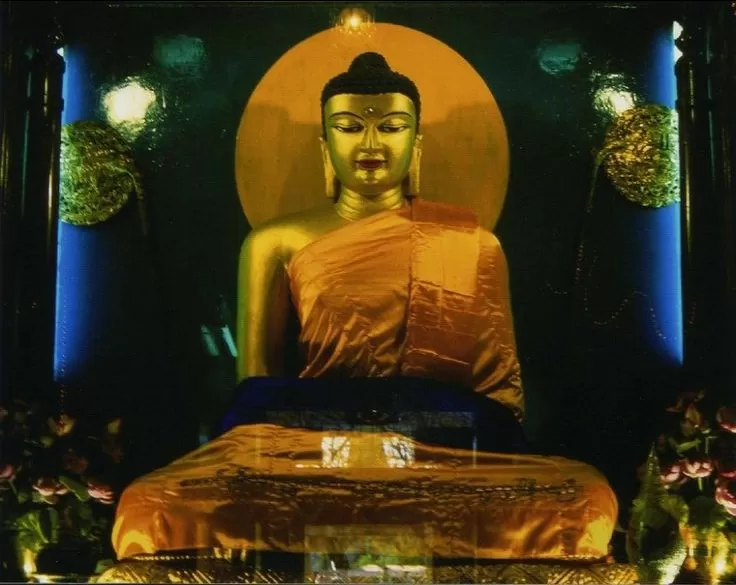
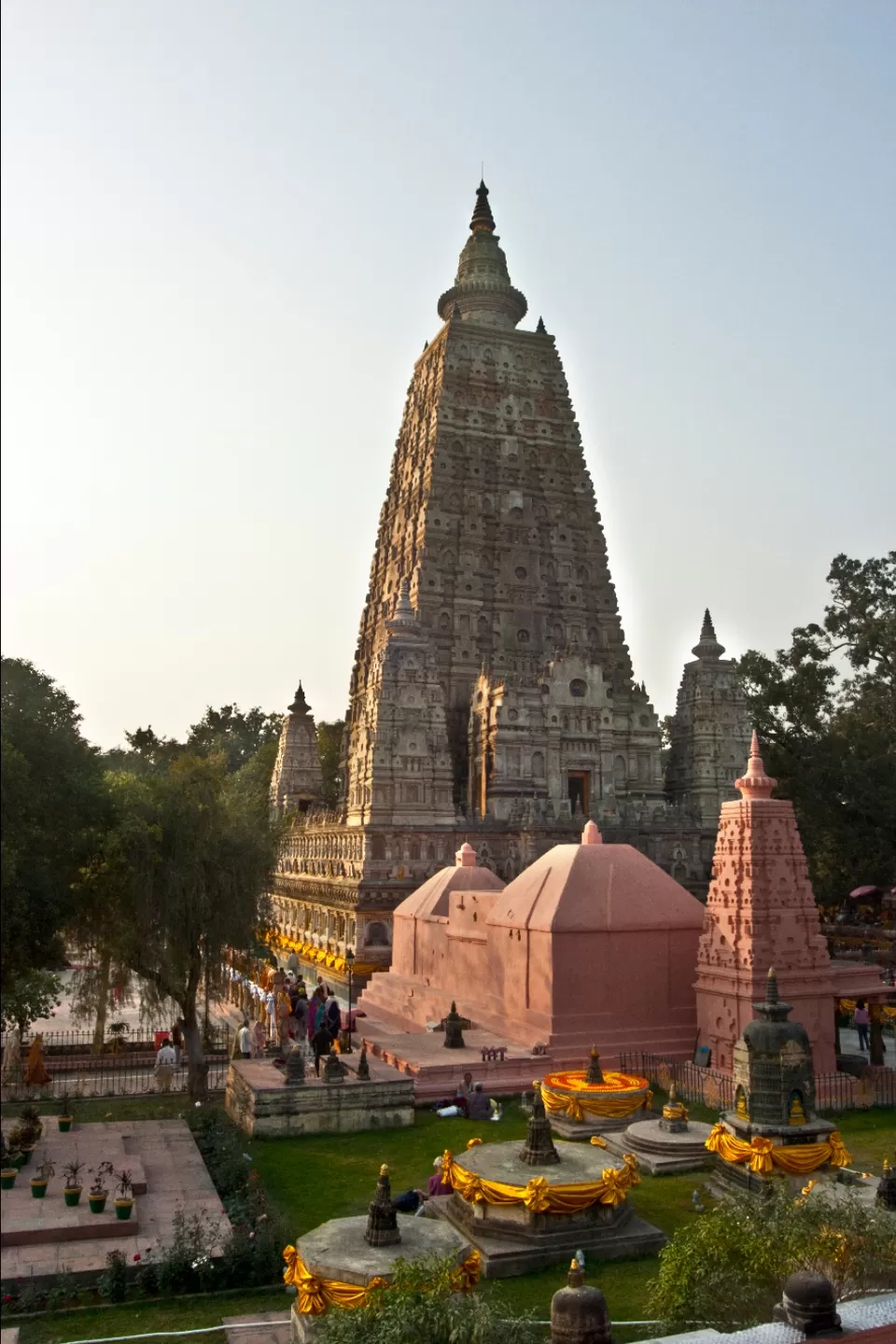
In Bodh Gaya, almost every nation with a Buddhist following has its own monasteries – Bhutan, China, Japan, Myanmar, Nepal, Sri Lanka, Cambodia, Thailand, etc. Besides, there are monasteries belonging to the lesser known sects of Indian Buddhism. All these are within an easy walking distance of the Mahabodhi temple. Each temple has its own architectural style. Each offers visitors a unique opportunity to peek into different Buddhist cultures and compare architectural styles. The Indosan Nipponji Temple is an exercise in quiet Japanese understatement compared to the richly presented Bhutanese Monastery nearby, which houses some wonderfully colourful and intricate frescoes.
The most impressive of all the modern monasteries is the Tergar Monastery of the Karmapa school of Tibetan Buddhism. It’s a glory of Tibetan decorative arts that will leave you slack-jawed as you enter. A none too- distant runner-up is the impressive Thai Temple, a brightly coloured wat with gold leaf shimmering from its arched rooftop and manicured gardens. Meditation sessions are held here mornings and evenings. The Tibetan Karma Temple, with double-dragon brass door knockers, and Namgyal Monastery, contain large prayer wheels. Monasteries are open sunrise to sunset. Bodh Gaya attracts thousands of pilgrims from around the world every year, who come for prayer, study and meditation. They spend weeks, even months here, practising meditation techniques or enrolling for introductory courses in Buddhist teachings or learning to read Pali, the language of the ancient commoners and of the Buddha.
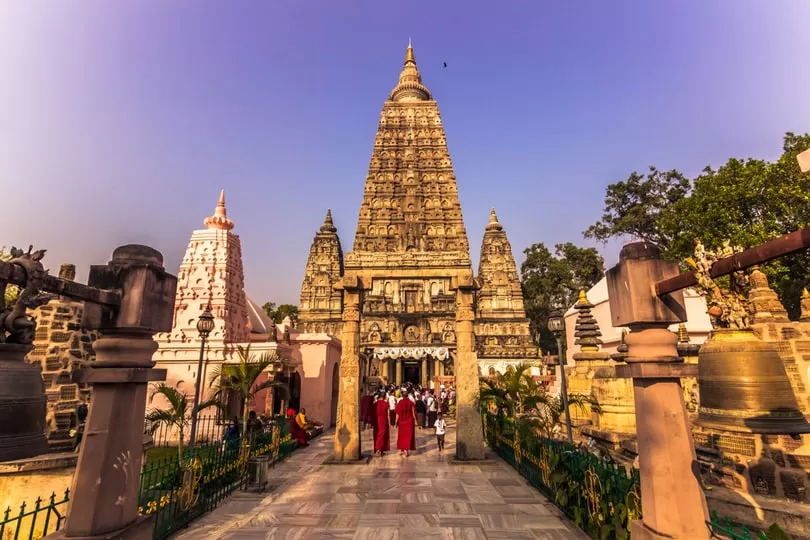
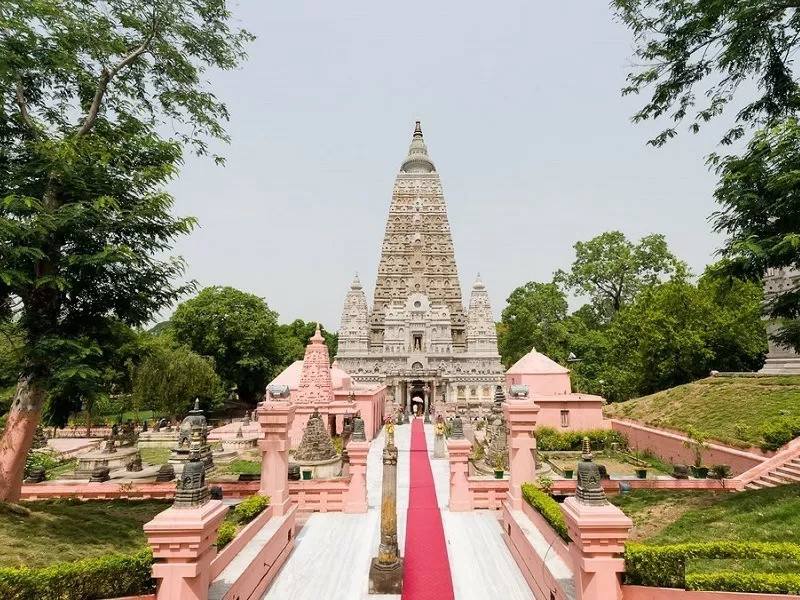
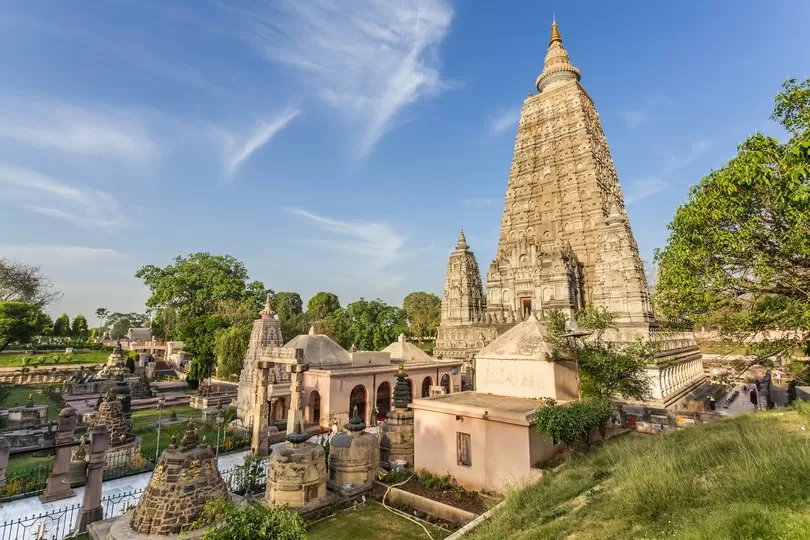
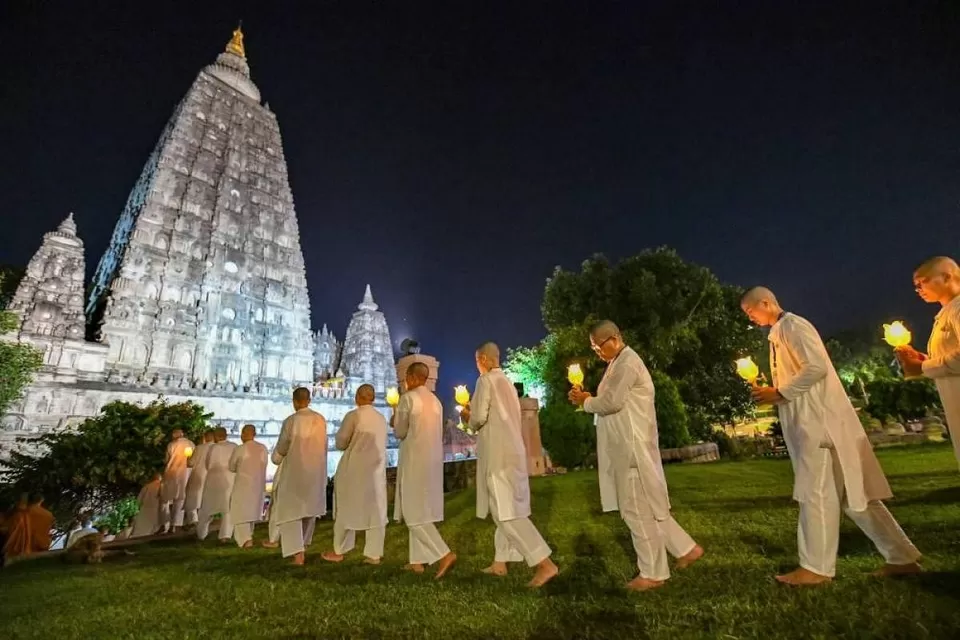
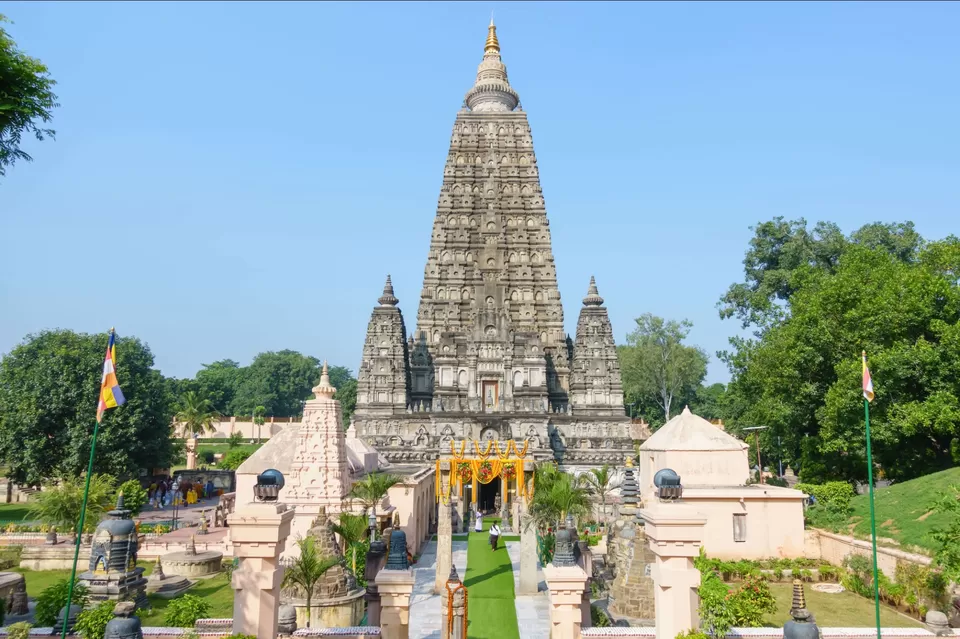
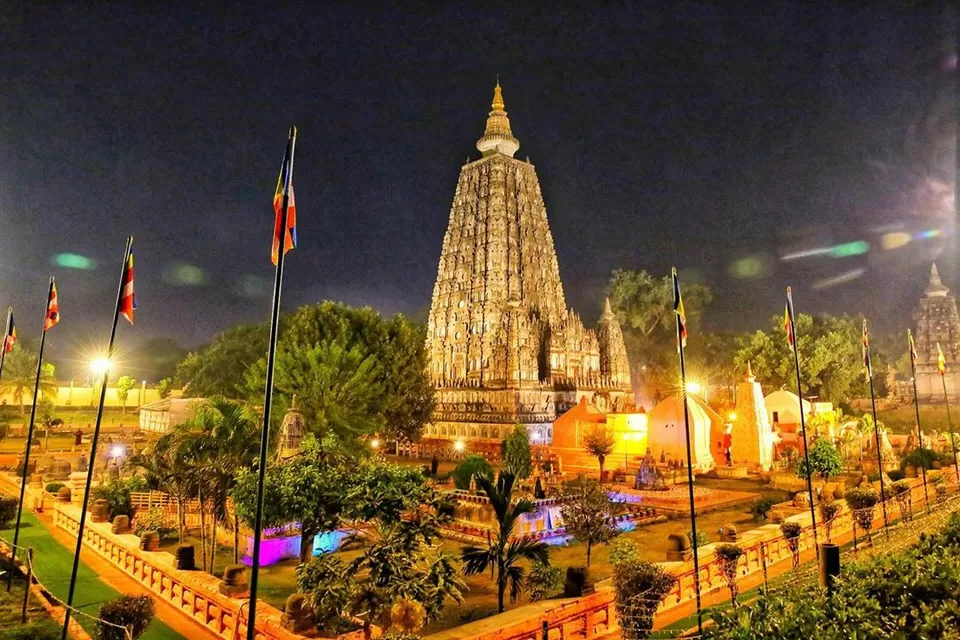
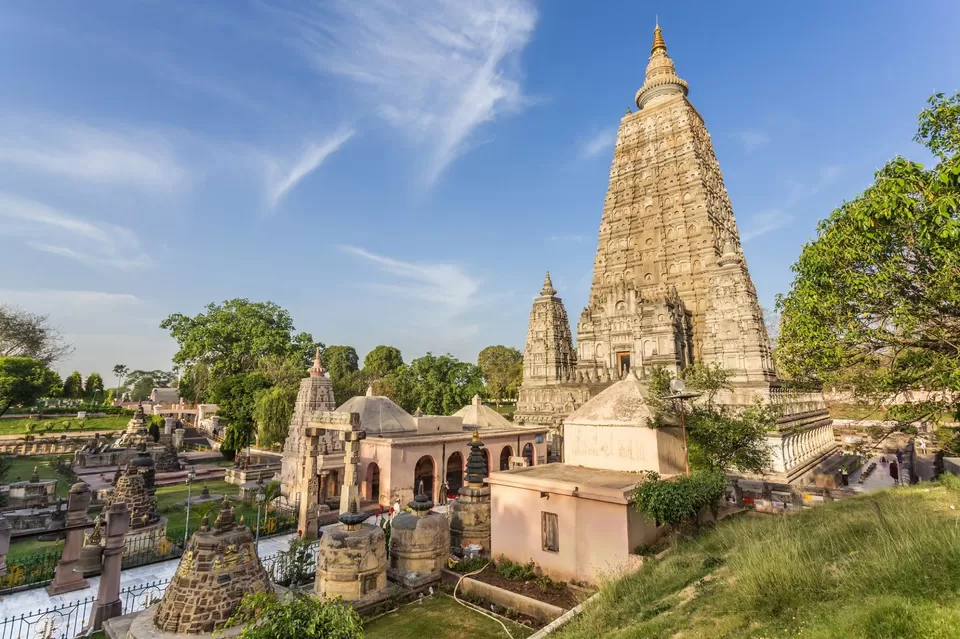
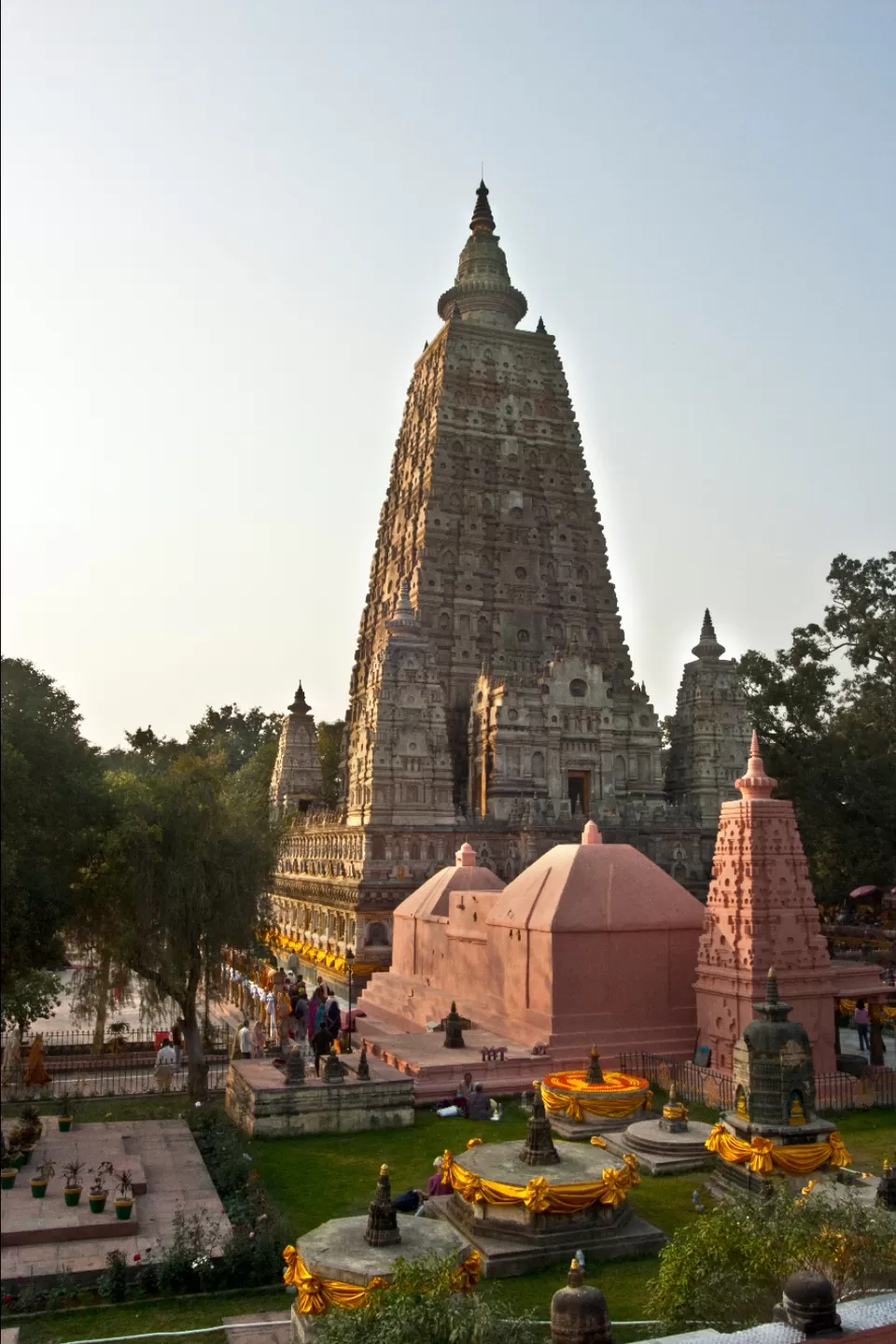
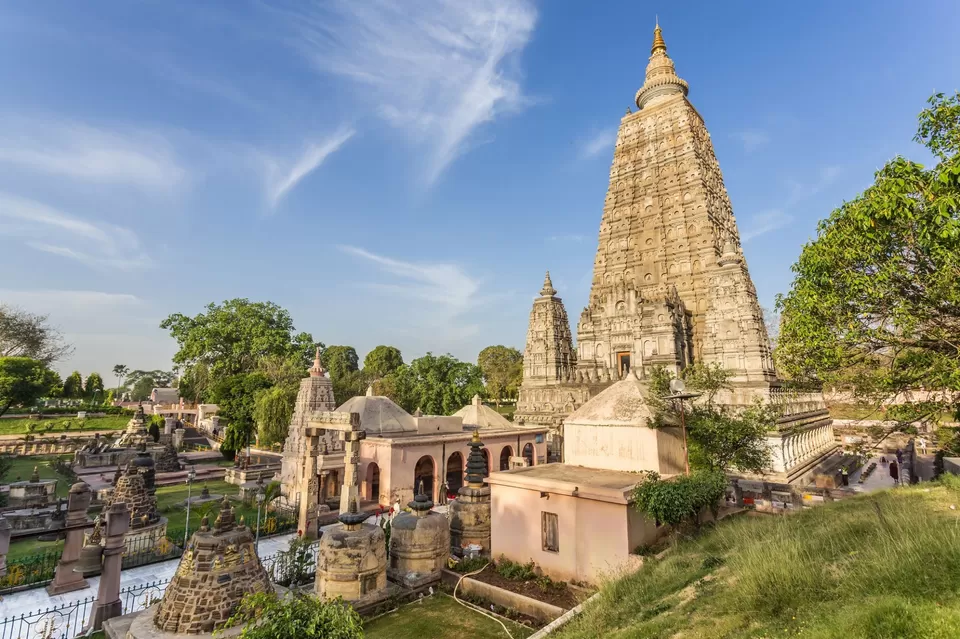
#Places to Visit in Bodh Gaya
1. MAHABODHI TEMPLE
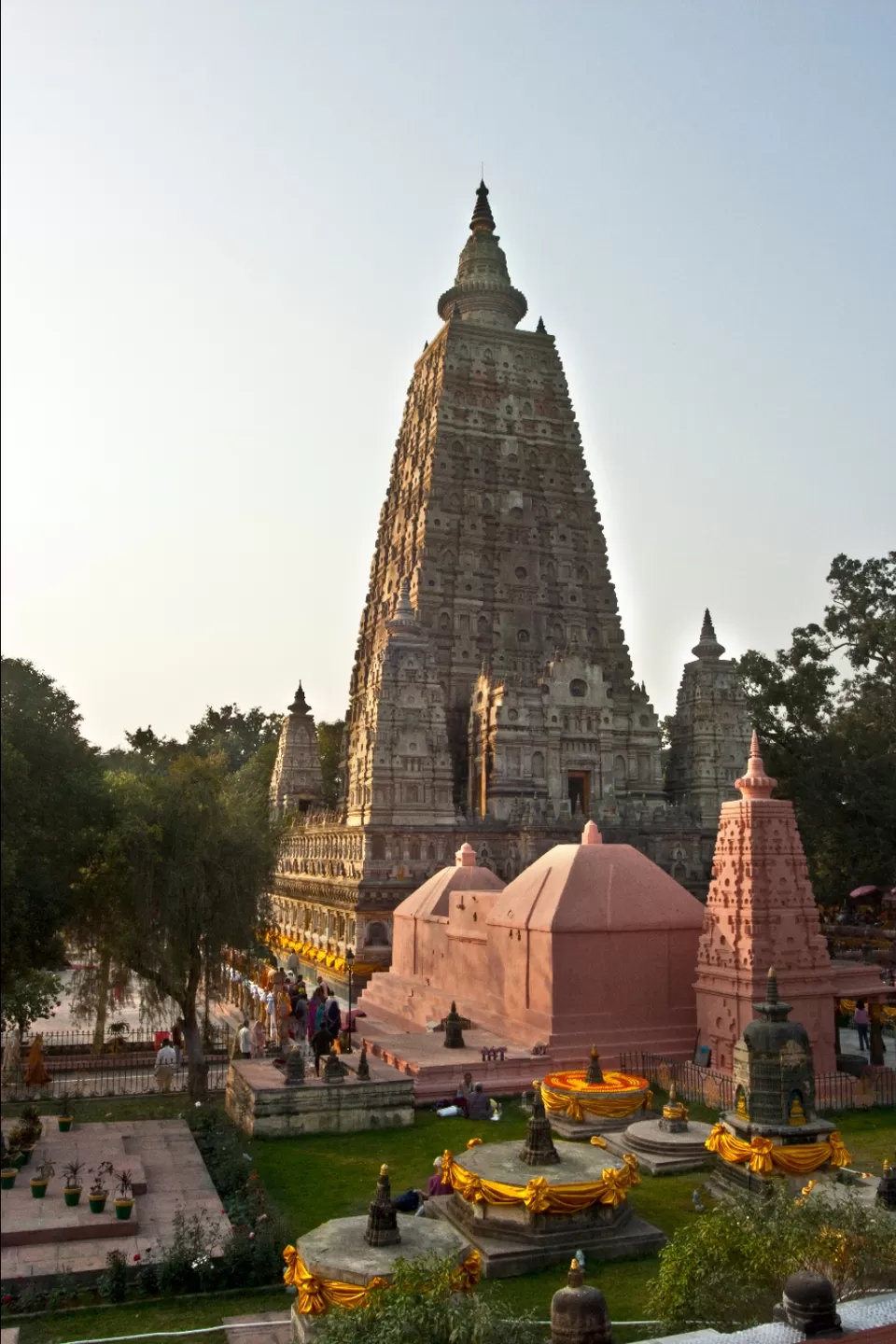
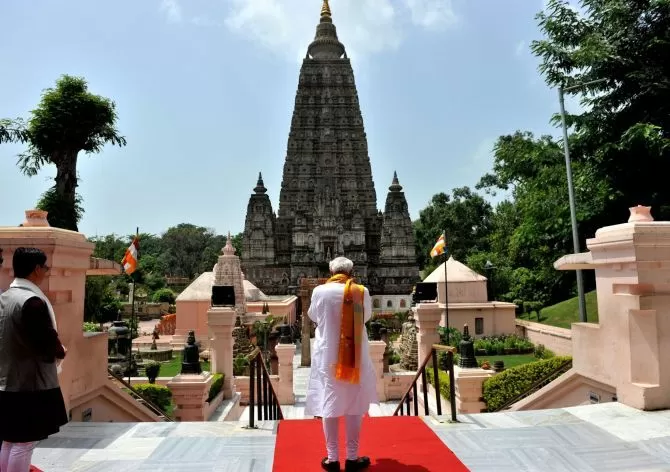
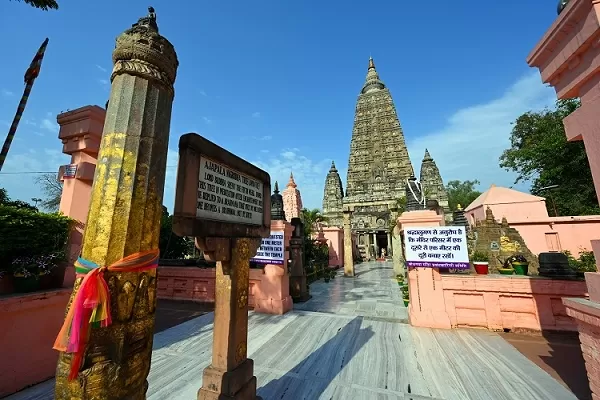
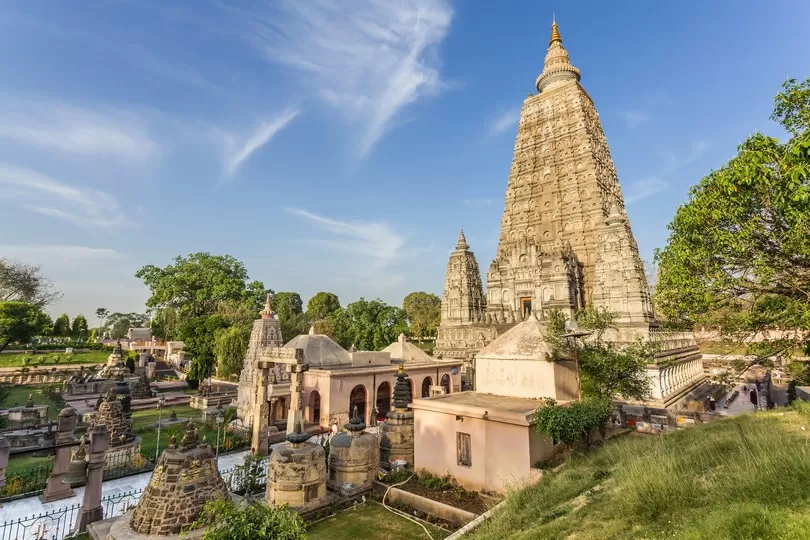
This is the site where the Shakyas (clan) prince Siddharth Gautam attained enlightenment to become Buddha, also called Shakyamuni Buddha. Mahabodhi temple was first built by the Mauryan dynasty king Ashoka, a staunch follower of Buddhism to mark the spot of the Buddha’s enlightenment (Bodhi). UNESCO declared it a World Heritage Site in the year 2002.
It is believed that after gaining enlightenment Buddha spent seven weeks meditating at various spots in this place where the temple has been built.
The temple gracefully stands 180 feet high with four towers in the corners and a chatra (an auspicious symbol in hinduism and buddhism) on the top of the temple.
Mahabodhi temple complex is open from 5 am to 9 pm on all days for visitors and devotees.
Carrying mobile phones or any kind of electronic gadget inside the temple premises is not allowed. Those interested in clicking pictures can use photo camera or video camera by paying a small fee.
2. BODHI TREE
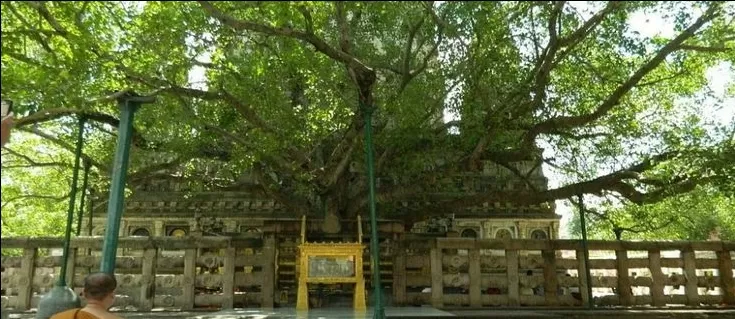

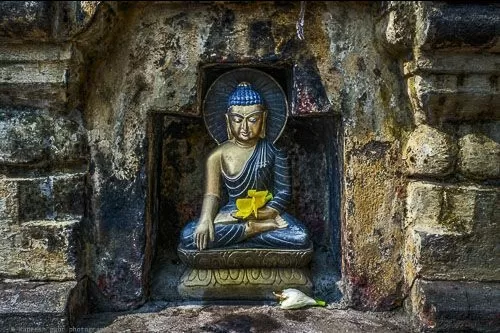
Standing next to the Mahabodhi temple is a descendant of the sacred Bodhi tree under which Gautam Buddha sat when he gained enlightenment. After gaining the supreme knowledge, Buddha continued to meditate beneath the tree for seven days without moving from his seat.
HOW TO REACH BODH GAYA
The nearest airport is Gaya International Airport at a distance of 7 km from Bodh Gaya main town. It has direct flights from cities like Kolkata and Varanasi.
Gaya Airport is well linked by flight to countries such as Thailand, Japan, Bhutan, Myanmar and Sri Lanka. The other nearest airport is located in Patna around 135 km away from Bodh Gaya.
You can reach here by train as well. Gaya is the nearest railhead which is connected to Patna, Delhi, Kolkata and other major cities.
Indian Railway operates special train Mahaparinirvan Express offering tours across important Buddhist sites.
By Road, it is 3.5 hours drive from Patna and 6 hours drive from Varanasi. There are direct buses available from Patna, Rajgir and Varanasi.
BEST TIME TO VISIT
Bodh Gaya experiences extremely hot weather during summers and temperature can rise as high as 48 degrees.
The best time to visit is between the months of October to March. Though it attracts lots of tourists in May due to Buddha Jayanti or Buddha Purnima (Buddha’s birthday) celebrations.





